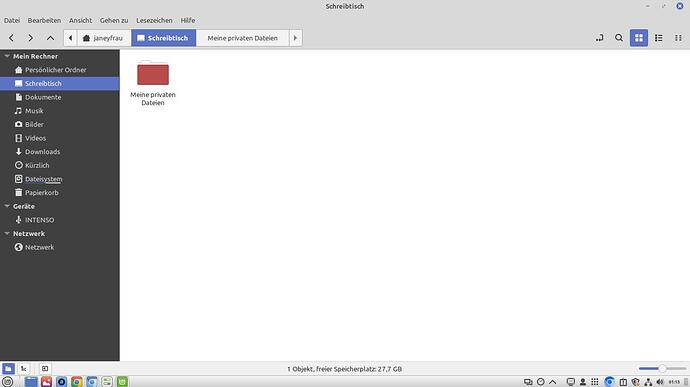thank you, you're very right - in the beginning of solving any larger challenge/problem I try to stay less defined for certain period of time, to have opportunity of open mind and look without prejudice.
For about decade, I see my communities I belong to (and they are few) being hit by malware more and more, mostly on their phones and Win PCs. Often times they don't realize it until it gets into rampant phishing spamming. While main channel of infection is phishing and they are non-IT folks, I realize one day it might hit me too. I'm not invincible, I'm also prone for mistakes.
So it makes sense to get my clutter in order, before something strikes my PC through browser or messenger. Effectively it's submarine design approach - it's split in sections, and sections are isolated, so one section knocked out doesn't mean whole thing is in trouble.
I tried to make simple approach - separated few browser profiles (as main channel of spreading malware comes through browser). And soon found out that if real breakout happens, all filesystem is not split into sections. Also I've seen how messenger (i.e. not browser) happens to be malware hit. And it wasn't Win but Mac, so it was 'second bell' that relying on "I'm on Linux so I'm safe" is stupid.
Also through my work I see how accelerated geopolitics impacts creation of new cyberwarfare. And how malware is mushrooming just in my face. E.g. we have here right now unfolding national case for education system in largest city became target of hack attack. And one of my company customers is affected, I see real life signals in my inbox.
So previously, once files and browser separation became obviously ineffective, I made separate users on my laptop and my family and personal stuff goes in one user A. And community-xyz stuff goes in another user B. And professional activities go in third user C. Only to bump into switching between users and need to pass info. Passing info (as files) I solved via groups, yet it didn't help. Switching between users is pain, and also affects efficiency of multi-tasking. I realized it's too complicated and so came, as you well noticed, vague perception of next iteration.
So what I want is to have single host OS. And processes running in something like LXC containers, most likely as more than one user. But X window family has historically own security domain. Ever tried to run sudo/gksudo with different user launching X app in graphical system running as 'current' user (after login)? So main barrier for now is how to 'marry' lxc (or lxd but not docker) containers. My search for several weeks shows: many tried to run whole graphics subsystem in single container but nobody tried my case to have multiple containers 'plugged' into graphics system. While X architecture in principle allows it. How to switch from principle to practice is current problem.
And no, I had worked with RDP and RDP-alike systems in past and perceive it as rabbit hole on it's own which I would never go into. It has own plethora of issues I'd rather to avoid as plague.
But thank you for pinging me to formulate my own needs 





